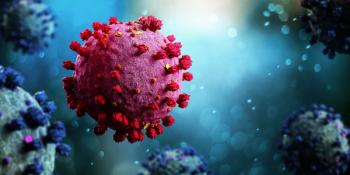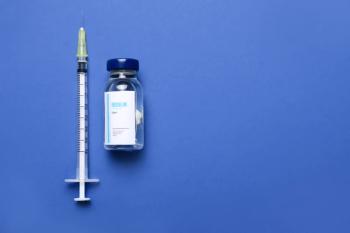
The Top 7 Craziest Drugs in the Pipeline
Not all drugs are incredible-and sometimes even the incredible ones have weird origins.
Even with a trained eye, watching what is coming through the drug pipeline can get a little boring.
This drug is in that phase III trial; that one had promising phase III results, but probably won’t go anywhere; that third one had to be stopped because it wasn’t working. Every new drug has the potential to be amazing and will likely help someone, but reading through the deluge of New! and Exciting! promises of drugs can be an eyes-glazed-over experience.
After all, as one researcher who studied new drug approvals recently
However, if you search through the hundreds of applications claiming to be The Next Great Thing, eventually you stumble onto the strange side of the pipeline; the side with out-there drugs, strange indications, and even weirder development methods. After looking around, we found seven of the weirdest drugs we could find in the pipeline-all of them real (we promise!).
Up next: The FDA weighs in on a party drug
1. MDMA OK Says FDA
Though this sounds like the dream of a stoned-out college kid musing to his friends about what the world would be like without the Man, ecstasy (MDMA, or its approved generic name, midomafetamine) is a very real and serious proposition for the treatment of post-traumatic stress disorder.
How serious is it? The FDA just granted a breakthrough therapy designation to MDMA. The agency is working with the Multidisciplinary Association for Psychedelic Studies (Yes, it is a
In Phase 2 trials with 107 patients, after three sessions of MDMA-assisted psychotherapy, 61% of patients no longer had symptoms of PTSD. At a 12-month follow-up, 68% no longer had PTSD. These results have not yet been published, so maybe take them with a grain of salt.
2. Lactose Intolerant No More
Not all drugs can be as glamorous as that breakthrough cancer treatment or miracle orphan drug. Instead, some treat more mundane maladies.
Take RP-G28 (do NOT confuse this with the
Early phase 2 trials for the drug seem
3. A Radical New Drug?
Sometimes the hottest new drug is available for $3.99 in the supplement section of your pharmacy. Biotin-formerly known as vitamin H and now called vitamin B7-is now in phase 3 trials for the treatment of progressive MS. MedDay Pharmaceuticals is
In one pilot
There are currently no approved drugs for progressive MS-proving that even the most mundane treatments could provide huge benefits for patients.
4. Putting the Drug Back in Prescription Drugs
The drug is currently in several Phase 3 trials for multiple indications-two trials for
The FDA has also granted expanded access for Epidiolex, allowing physicians to apply for emergency access to the drug for patients suffering from intractable epilepsy.
5. Didn’t We Eradicate That One?
This drug comes straight from the beginning of B movie. As if the
The trials currently underway are examining the effect of recombinant oncolytic poliovirus PVS-RIPO with or without chemotherapy drug lomustine in treating grade IV gliomas. To create the
So while you could say that researchers are using new techniques to defeat cancer, you could also say that scientists are creating mutant viruses designed to kill. Your call.
6. Like Borrowing a Cup of Sugar
Sometimes drugs are like hot dogs-you can only enjoy them if you don’t know what’s in them. Take Seres Therapeutics’
Seres isn’t saying exactly what bacteria are involved, but do mention
7. Insta-Tan
This one isn’t technically in the pipeline yet, but it’s too odd not to share.
From the lowly cave dwellings of our ancient ancestors to the sleek smart homes of today, humans have spent the last 10,000 years perfecting the indoors. And now there’s one more reason to stay home-researchers at the Massachusetts General Hospital in Boston have
The researchers bought a molecule that inhibits salt-incuclibe kinase, which turns off melanin production. They then create a compound using that molecule, which they applied to the backs of shaved redhead mice. After 7 days of treatment the skin turned almost black, which then returned to normal within two weeks-with no noted safety concerns. The researchers then modified the compound to penetrate human skin and tested it on discarded patches of skin from surgical procedures. One of the compounds
The researchers say more work is needed before human trials could begin, but they see the compound as a way to combat skin cancer. The compound would work even on fair-skinned people who do not normally tan, potentially lowering their risk for skin cancer. However, it is not intended to replace sunscreen, but to enhance its effects. The researchers are currently looking for collaborators to test the compound in a clinical trial.
Newsletter
Pharmacy practice is always changing. Stay ahead of the curve with the Drug Topics newsletter and get the latest drug information, industry trends, and patient care tips.


















































































































